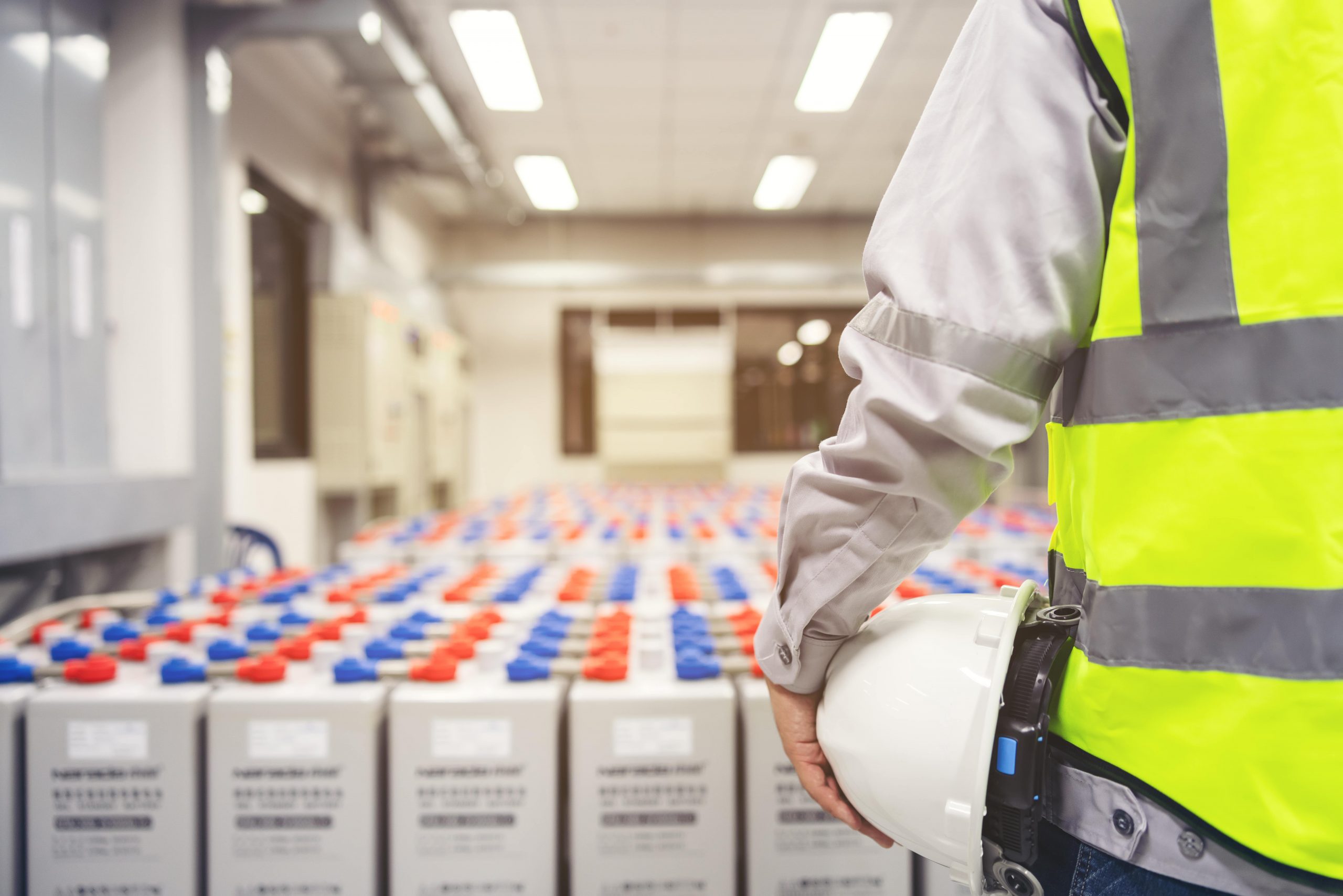Natural gas is a valuable resource that is used for heating, cooking, and powering various industries. However, it is important to monitor the quality of natural gas to ensure its safe and efficient use. Natural gas analyzers are specialized instruments that are used to measure the various components of natural gas and provide information on its quality. You can redirect here https://www.21-senses.com/ to know more about the natural gas analyzers and their applications.

Here are different types of natural gas analyzers and their applications.
1. Chromatographs
Chromatographs are the most commonly used natural gas analyzers. They work by separating the different components of natural gas based on their chemical properties and measuring them individually.
2. Thermal Conductivity Analyzers
Thermal conductivity analyzers measure the thermal conductivity of natural gas, which is a measure of its ability to conduct heat. Different components of natural gas have different thermal conductivities, so by measuring the thermal conductivity of natural gas, it is possible to determine its composition.
3. Infrared Analyzers
Infrared analyzers work by measuring the absorption of infrared light by different components of natural gas. Each component of natural gas absorbs infrared light at a different wavelength, so by measuring the amount of light absorbed in different wavelengths, it is possible to determine the composition of natural gas.
4. Mass Spectrometers
Mass spectrometers work by ionizing the different components of natural gas and measuring their mass-to-charge ratio. Different components of natural gas have different mass-to-charge ratios, so by measuring the mass-to-charge ratio of each component, it is possible to determine the composition of natural gas.
5. Gas Detectors
Gas detectors are specialized instruments that are used to detect the presence of specific gases. They are often used in industrial settings to monitor for the presence of potentially dangerous gases, such as carbon monoxide, methane, and hydrogen sulphide. Gas detectors can provide real-time information on gas concentrations and can trigger alarms if concentrations reach dangerous levels.
Conclusion,Natural gas analyzers are important tools for monitoring the quality of natural gas and ensuring its safe and efficient use. There are several different types of natural gas analyzers, each with their own unique strengths and applications. Chromatographs are the most commonly used natural gas analyzers and are used for a variety of applications, including gas quality monitoring, process control, environmental monitoring, and research and development.
